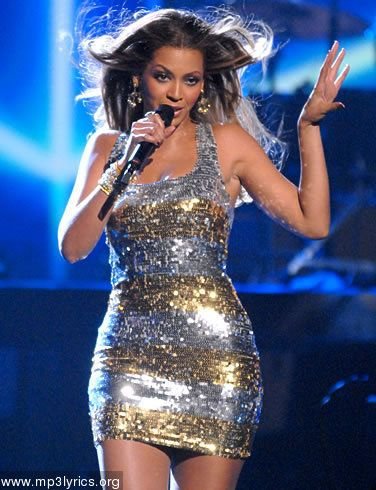Stand-up comedy is a comic style in which a comedian performs in front of a live audience, usually speaking directly to them. Comedy is the easiest way to express our exuberant expressions and mock people without hurting them. Comedians give the illusion that they are dialoguing, but in actuality, they are monologuing a grouping of humorous stories, jokes and one-liners, typically called a shtick, routine, act, or set. Some stand-up comedians also use props, music or magic tricks to enhance their acts. Stand-up comedy is stated to be the “freest form of comedy writing” that is regarded as a fictionalized “extension of” the person performing.
In stand-up comedy, the feedback of the audience is instant and crucial for the comedian’s act, even from the moment they enter the venue. Audiences expect a stand-up comedian to provide a constant stream of laughs. It is calculated at four to six laughs per minute, and a performer is always under pressure to deliver, especially the first two minutes.
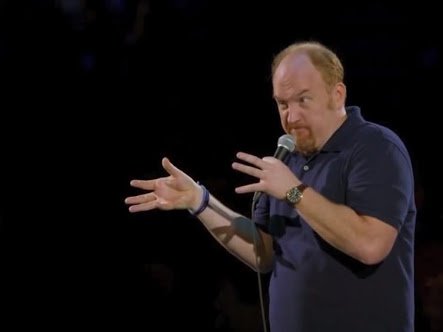
Basic format
A stand-up comedy show is rarely one comedian. It is usually a multi-person, showcase format, often with a traditional opener, feature performer, and headliner. A traditional format typically features an opening act known as a host master of ceremonies , or simply “opener”. Who, for 10–12 minutes, usually warms up the crowd, interacts with audience members, makes announcements. Then introduces the other performers; this is followed by a “middle”/”feature” act that lasts 15–20 minutes but is expected to have “30 minutes of solid material”. To the feature act is followed by the headliner, who performs for “an hour.” The second definition of an opener is applied when the opening act of a traveling comedian may perform a 25-minute set (the opener doubles as a feature).
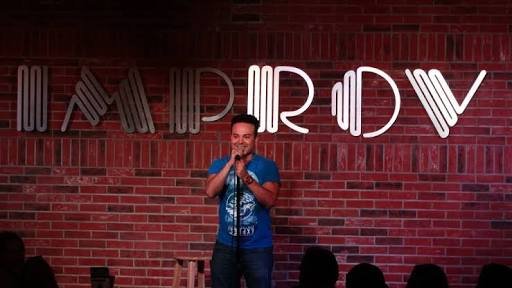
Open mic
Many smaller venues hold open mic events, where anyone can take the stage and perform for the audience. This offers an opportunity for amateur performers to hone their craft and perhaps to break into the profession, or for established professionals to work on their material. Industry scouts will sometimes go to watch open mics. Breaking into the business requires “10 minute[s]” of “A” material. Roadhouses (remote clubs) start booking people for “20 minutes of ‘A’ material”. “A” material means getting a big laugh at least “75% of the time”.
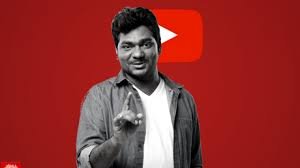
Bringer shows
“Bringer shows” are open mics that require amateur performers to bring a specified number of paying guests to receive stage time. Some view this as exploitation, while others disagree. The guests usually have to pay a cover charge and there is often a minimum number of drinks that must be ordered. These shows usually have a “showcase” format. Different comedy clubs have different requirements for their bringer shows. Gotham Comedy Club in New York City, for example, usually has ten-person bringers, while Broadway Comedy Club in New York City usually has six-person bringers. In the ’90s, the New York Comedy Club had pre-shows that were bringer shows; they also had audition scams with an “accelerated pre-show program.”
Guest set
This is an unpaid, five-to-ten-minute time slot (during the emcee’s time slot of a professional show) that is essentially an audition to get booked for paid gigs.
Stand-up joke
In stand-up comedy, a “canned” joke is made of a “premise…point of view” and “twist” ending. A joke contains the least amount of information necessary to be conveyed, understood, and laughed at; the setup contains the information needed by the audience in order to understand the punchline. Most of stand-up comedy’s jokes are the juxtaposition of two incongruous things. According to the founding editor of The Onion, there are eleven types of jokes. Stand-up comedians will normally deliver their jokes in the form of a typical joke structure, using comedic timing to deliver the setup and then the punch line. Stand-ups will normally frame their stories as having happened “recently.” The comedian’s delivery of a joke—the pause, inflection, “ener[gy],” and look—is “everything”. Comedians often include taglines (dependent punchlines that follow another punchline) and toppers (independent afterthoughts that follow a punchline). Some sources may use tags, toppers, and afterthoughts as synonyms.
A jokoid is a placeholder joke, which will eventually be superseded by a funnier joke. Stock jokes are similar to jokoids (as placeholders) and are hack jokes that are for “specific situations”. A paraprosdokian is a popular method that is used by comedians, creating a surprising punchline that causes the listener to reinterpret the setup. Stand-ups will often use the rule of three. Comedians will normally include stylistic and comedic devices, such as tropes, idioms, stop consonants, and wordplay.
A comedian’s ideas and jokes will fail nine times out of ten; this may require a comedian to write hundreds of jokes to achieve enough successful ones to fill a set.

The set
A traditional set is made of jokes (setup and punchline), bits (a joke or “3 or 4 jokes”), and chunks (multiple bits linked by a topic that may last “10-15 minutes”). Long bits must have the biggest laugh at their endings. Once a setup is established for a bit, the proceeding “jokes” should get shorter and shorter. A segue is the link between jokes. A callback is a reference to a previous joke. Bombing refers to when a comedian has failed to get an intended laugh. A stand-up comedian uses a persona or character to deliver their jokes. The quality of a comedian’s material is more important than their persona, unless they are well known. Other sources say that personality trumps material. A good comedian will create a tendentious-like tension that the audience releases with laughter. This is known as a “relief/release” laugh. A comedian’s stand-up persona/voice consists of the type of material they perform, the format of the material, the aggregate set, the comedian’s rapport with the audience, and the comedian’s “own identity.”
Crowd work
When a set is consistently bombing, most comedians will perform “crowd work” by communicating with audience members to save face; much of crowd work is prewritten with added improvisation. Other comedians will become more intimate with their questions until they get multiple big laughs, before moving on. The result of crowd work is often an inside joke.
Tight five
A “tight five” is a five-minute stand-up routine that is well-rehearsed and consists of a stand-up comedian’s best material that reliably gets laughs. It is often used for auditions or delivered when audience response is minimal. A tight five is the stepping stone to getting a paid spot.
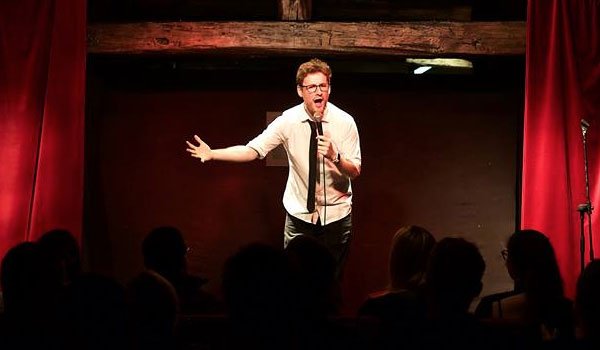
Memory techniques
Comics memorize their jokes through the use of on-stage practice/blocking. Some comedians employ a mnemonic device called the method of loci to remember their jokes. Some write their jokes over and over, while others have a set list in front of them. For professionals, this may be on cue cards or a stage monitor.
